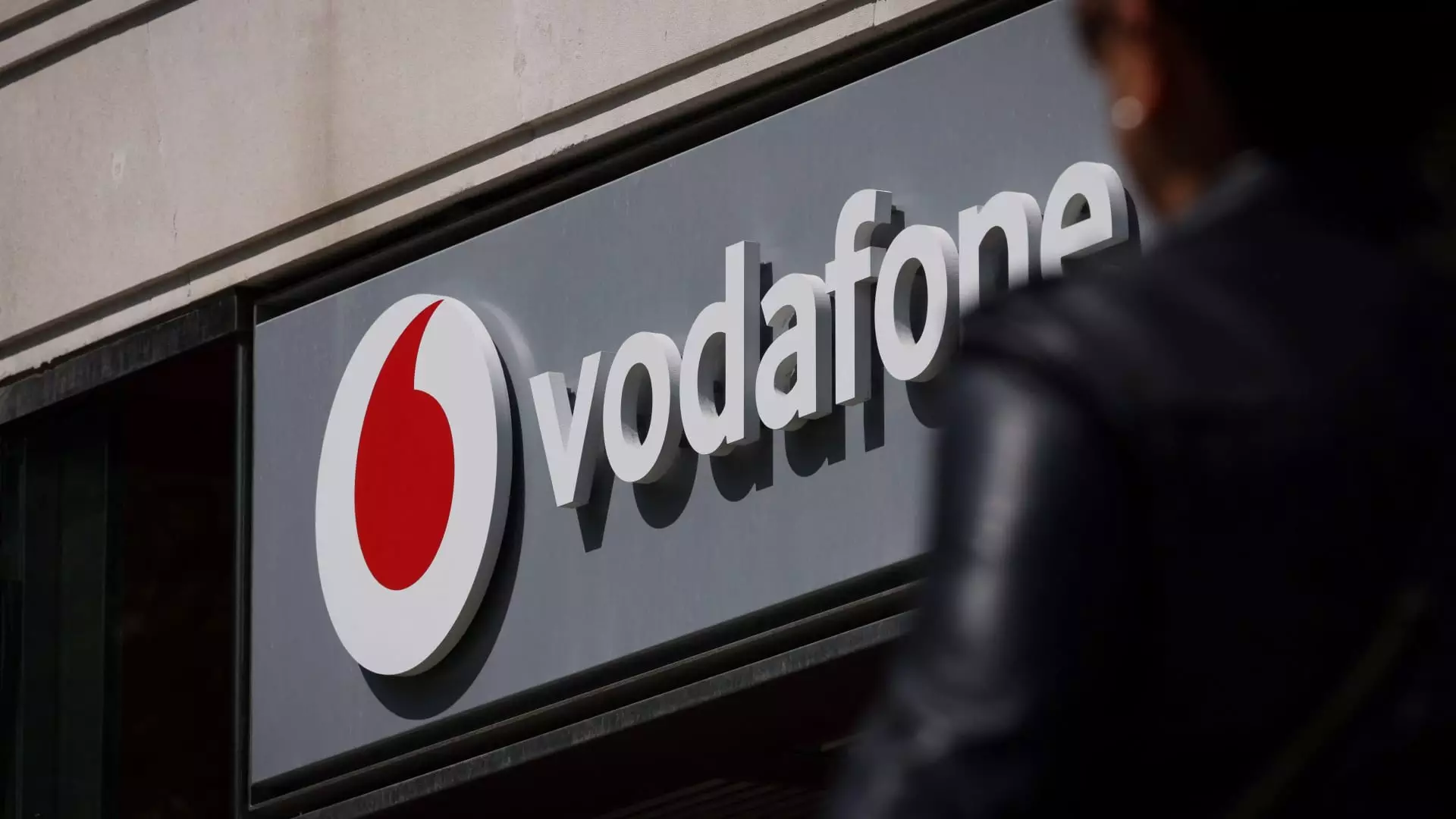The recent approval of the merger between Vodafone and Three has marked a pivotal point in the landscape of telecommunications in the United Kingdom. While the significant £15 billion ($19 billion) union between these two telecommunications giants was awaited with bated breath, it is essential to take a closer look at the implications of this merger, the conditions imposed by regulators, and the overall impact on the telecom market.
The merger between Vodafone and Three signifies the formation of a new powerhouse in the UK’s telecom industry. With a combined customer base of approximately 29 million, this merger is set to shift the market dynamics by reducing the number of major mobile network operators from four to three. This consolidation raises essential questions about competition and consumer welfare, as fewer players in a market often lead to increased prices and diminished service quality in the long term.
The Competition and Markets Authority (CMA) thoroughly scrutinized this transaction, fearing that a reduction in the number of competitors could allow the new entity to exert undue market power. The regulator’s decision to conditionally approve the merger, therefore, was framed by a commitment from both companies to invest significantly in UK telecommunications infrastructure, alongside ensuring fair treatment of Mobile Virtual Network Operators (MVNOs).
The CMA’s go-ahead specified that both Vodafone and Three must agree to “binding commitments” that include a pledge to invest billions into developing a next-generation 5G network over an eight-year timeframe. This aspect of the merger is particularly noteworthy, as it aligns with a broader national agenda to enhance digital infrastructure, a necessity for future economic competitiveness.
In addition to the infrastructure investments, the provisions also state that specific mobile tariffs must be capped, and contractual terms offered to MVNOs need to be preset. These commitments are aimed at preserving competitive pricing and service options for consumers who rely on MVNOs as an alternative to the primary network operators. The role of MVNOs is integral in providing choices to consumers, especially in a market that may soon see limited competition.
This merger’s conditions are a recognition of some risks inherent in larger telecommunication firms absorbing their competitors. The oversight by both the CMA and the communications regulator, Ofcom, is essential to monitor the implementation of these commitments and ensure that the expected benefits of the merger trickle down to consumers.
The initial reactions to the merger clearance have been mixed. While some analysts, like Kester Mann of CCS Insight, view this as a momentous occasion for the UK telecom market with the potential for growth and efficiencies, others, like Paolo Pescatore of PP Foresight, caution that realizing the full benefits of the merger may take considerable time.
Indeed, while the merger approval is an important milestone, it has sparked a debate regarding the real implications for consumer experience. The potential for increased market concentration raises concerns. As prices may be kept low in the short run due to regulatory caps, the long-term effects may lead to a lapse in competitiveness, especially if consumers find themselves with fewer choices in the marketplace.
With Vodafone and CK Hutchison at the reins of this newly forged entity, it is imperative to keep a vigilant eye on how the commitments laid out play out over the coming years. Will the merger live up to its promises of enhanced infrastructure and customer service, or will the concentration of power facilitate unsatisfactory outcomes for consumers?
The approved merger between Vodafone and Three represents a substantial reshaping of the UK telecommunications landscape. While the outlined commitments offer a semblance of consumer protection and a pathway for expansive investment in 5G infrastructure, the merger’s long-term ramifications remain to be seen. Stakeholders must remain observant as this new chapter unfolds, analyzing the true impact on service delivery, pricing, and overall competition within the UK telecom sector. The future could be bright, but it demands continued accountability from regulators and the merged entity to ensure that consumer interests remain at the forefront amidst a consolidating market.

